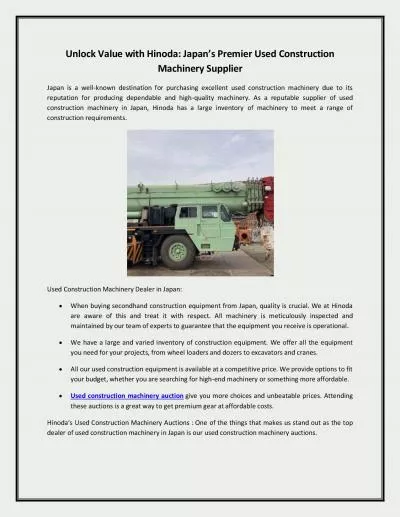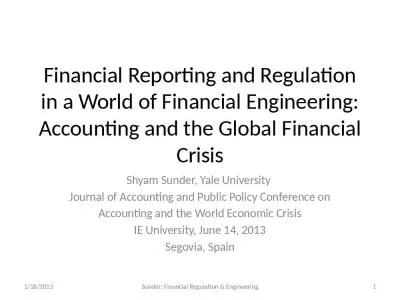PDF-Unlock Financial Value with
Author : lindy-dunigan | Published Date : 2016-05-13
UNLOCK FINANCIAL VALUE WITH CORPORATE BARTERAn imprint of The Magazine Works IncJoan Montgomery publisherTom Parrett editorial directorIRSTEDITION UNLOCK FINANCIAL
Presentation Embed Code
Download Presentation
Download Presentation The PPT/PDF document "Unlock Financial Value with" is the property of its rightful owner. Permission is granted to download and print the materials on this website for personal, non-commercial use only, and to display it on your personal computer provided you do not modify the materials and that you retain all copyright notices contained in the materials. By downloading content from our website, you accept the terms of this agreement.
Unlock Financial Value with: Transcript
Download Rules Of Document
"Unlock Financial Value with"The content belongs to its owner. You may download and print it for personal use, without modification, and keep all copyright notices. By downloading, you agree to these terms.
Related Documents

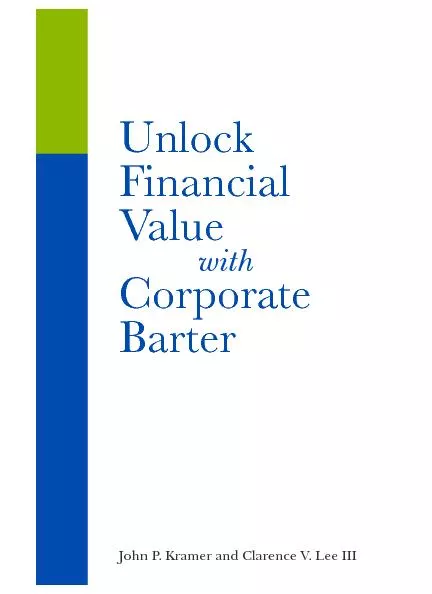


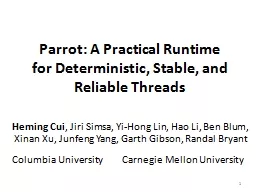
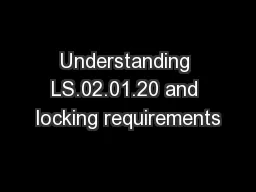




![[EPUB] - Stop Playing Safe: Rethink Risk, Unlock the Power of Courage, Achieve Outstanding](https://thumbs.docslides.com/906438/epub-stop-playing-safe-rethink-risk-unlock-the-power-of-courage-achieve-outstanding-success-rethink-risk-unlock-the-power.jpg)
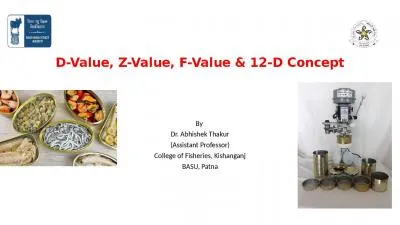
![[DOWNLOAD] Stop Playing Safe: Rethink Risk, Unlock the Power of Courage, Achieve Outstanding](https://thumbs.docslides.com/1004258/download-stop-playing-safe-rethink-risk-unlock-the-power-of-courage-achieve-outstanding-success-rethink-risk-unlock-the-power-of-courage-achieve-outstanding-success.jpg)
